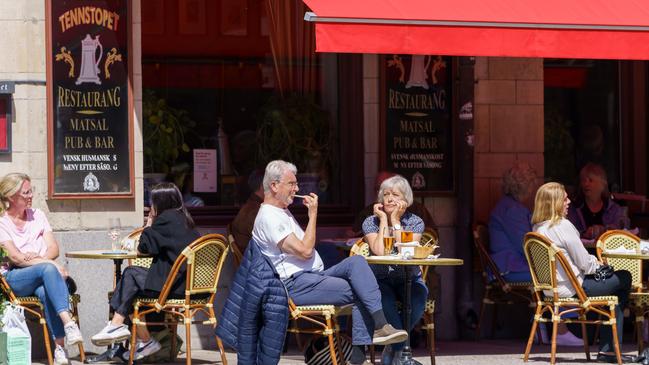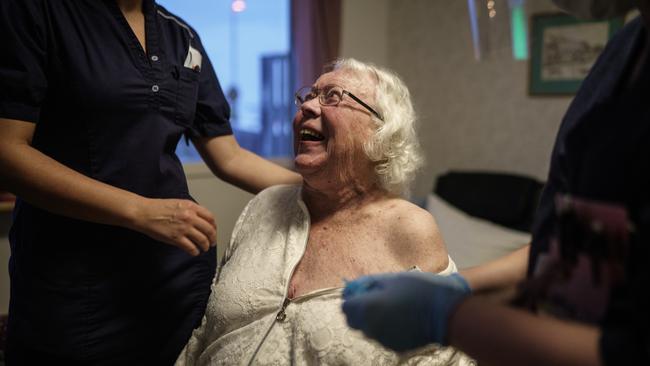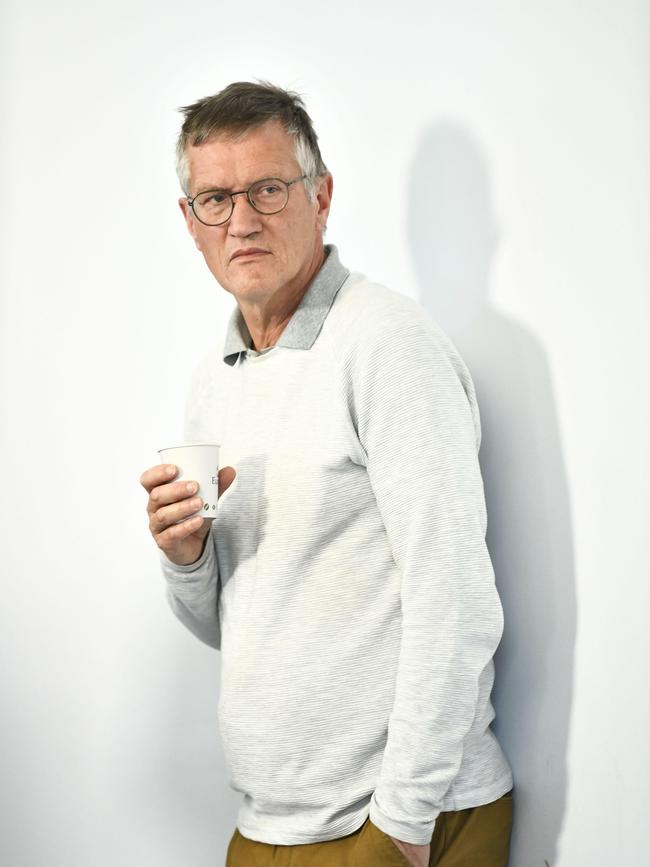Sweden’s life without lockdown
A bold stance to continue enjoying life as usual in the face of the coronavirus pandemic in Sweden required nerves of steel.

In November of 2021, news broke that researchers at Aarhus University in Denmark, analysing “diurnal fluctuations in music preference”, had discovered that the “perfect song” was Every Step You Take by Sting – it was a terrifying reminder that science doesn’t always get it right.
Over the border in Sweden, the movers and shakers at the Public Health Agency would not have been surprised by the tunnel vision of their Danish colleagues. Since the panic of Covid-19 first hit in 2020, they’d been agonising over a problem: whether to declare total war on the virus itself, or consider the collateral damage such an obsessive strategy might yield.
As Swedish journalist Johan Anderberg details in The Herd: HowSweden Chose Its Own Path Put Of The Worst Pandemic In 100 Years, they chose the latter approach, refusing to recommend hard lockdowns or mask mandates, allowing the Swedes to continue enjoying their high quality of lives and hard-earned liberties. The death rate, as in times of war, seemed worth it.

The chief protagonists in The Herd are epidemiologists Johan Giesecke and Anders Tegnell, who worked together at the Public Health Agency of Sweden during the pandemic. Between them, they had been at the frontline of every major infectious disease outbreak of the last 50 years; SARS, MERS, Swine Flu, Ebola, Avian Flu, HIV, the Beijing Flu of 1993, and they had learnt their lessons the hard way. A simple reading of their philosophy might be an educated belief in the virus punching itself out – that we were all going to get it at some point and hiding was simply prolonging the inevitable. Better to reach herd immunity as swiftly as possible, through infection and vaccination.
It was a bold stance that required nerves of steel. When asked about hair-raising death tallies, Gieseck often curtly replied that Sweden’s mortality rate was “100 per cent”, a projection that is difficult to dispute.
“You should careful about changing a way of life that you enjoy, or starting a lifelong preventative treatment, simply because research finds that it could help with a specific disease,” Gieseck once wrote. “If we can prevent people from dying of this disease, what will it be that kills them instead?”
The answer, Gieseck and Tegnell feared, was everything that an over-reaction to Covid-19 might bring: depression wrought by fear and alienation; weakened immune systems due to social isolation; serious medical conditions whose treatments had been kicked to the curb by a health system hypnotised by the pandemic; and poverty.

To Gieseck and Tegnell, economics was not a dirty word, but a crucial consideration for epidemiology.
Paraphrasing Gieseck, Anderberg writes that our long lives are “thanks to clean water, sewerage systems, sufficient food, better housing. Society is why we live as long as we do: democracy, a market economy, institutions. Which countries had the fewest cases of cervical cancer among women in the EU? The rich ones.” Hard lockdown – the freezing of society itself – threatened the very security modern society had bestowed upon us. That was the thinking.
Not everyone shared this holistic view.
Within Sweden itself, dozens of epidemiologists and microbiologists kept Anders Tegnell‘s inbox pinging with increasingly blistering emails, while the world media, almost in unison, lambasted the Swedes for not getting with the program, the prisoners of the global lockdown branding “those who expressed lockdown scepticism with a general contempt for science”.
Tegnell faced such criticisms like an Easter Island statue – his most acquiescent response to critical emails seemed to be: “Will think about it” – in part because he knew that irrefutable science required precise data, and the pandemic had produced anything but.
Infection rates for a virus that was so often asymptomatic were bound to be gross underestimations, so the mortality rate was much less, he thought, than the frightful figures being trumpeted by alarmists.
Moreover, lockdown had little to do with science – it was, at best, an experiment with unknown consequences; at worst, a political response, infected with its own “zero tolerance” rhetoric and polling-booth opportunism.
Johan Anderberg concludes that Sweden didn‘t fair too badly after all.
“By the end of 2021,” he writes, “56 countries had registered more deaths per capita from Covid-19 than Sweden,” a nation of people who had spent the pandemic “enjoying freedoms that citizens of other countries were denied”.
But the pandemic goes on and the jury’s still out – will remain so probably for a decade or more – as we not only consider the dead, but the ruined livelihoods, the broken-hearted who never got to kiss their loved ones goodbye, and a generation of babies who grew never knowing the smiles of strangers in the street.



